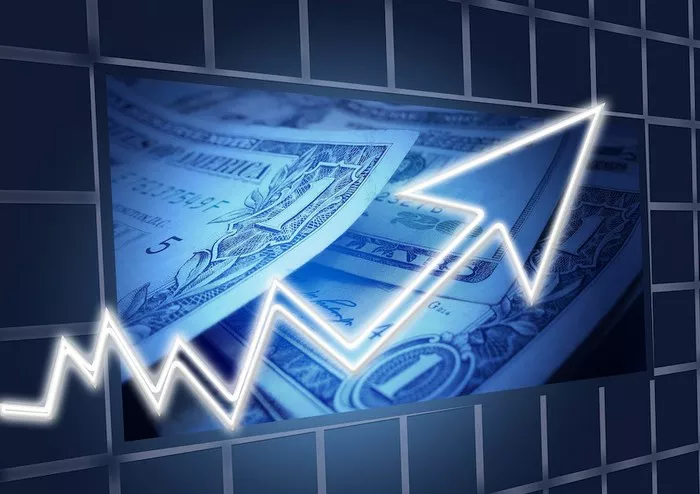In the intricate world of finance, futures derivatives play a pivotal role in managing risk, hedging, and speculating on future market movements. A derivative is a financial contract whose value is derived from an underlying asset, index, or rate. Among the myriad of derivatives, futures stand out as a significant and widely utilized instrument.
Defining Futures Derivatives: An Overview
At its core, a futures derivative is a standardized financial contract obligating the parties involved to buy or sell an asset at a predetermined future date and price. This agreement is binding for both the buyer (long position) and the seller (short position). Unlike forward contracts, futures are traded on organized exchanges, providing liquidity and a regulated framework for market participants. The standardized nature of futures contracts enhances their tradability and reduces counterparty risk.
Underlying Assets in Futures Contracts: Diverse Possibilities
The underlying assets in futures contracts are varied and can include commodities such as gold, oil, and agricultural products, financial instruments like stock indices, interest rates, and even cryptocurrencies. The flexibility to derive futures from an array of assets allows investors and traders to engage in diverse markets, providing opportunities for speculation, risk management, and portfolio diversification.
Standardization: The Key to Tradable Futures Contracts
One of the defining features of futures derivatives is their standardization. Each futures contract specifies the quantity and quality of the underlying asset, the expiration date, and the predetermined price, known as the futures price. This standardization eliminates ambiguity and facilitates a transparent and efficient trading process. Traders can easily identify and compare different futures contracts based on these standardized parameters.
Role of Exchanges: Organized Trading Platforms for Futures
Futures derivatives are primarily traded on organized exchanges, such as the Chicago Mercantile Exchange (CME) or Eurex. These exchanges act as intermediaries, providing a centralized marketplace for buyers and sellers to transact. The exchange acts as a counterparty to both the buyer and the seller, mitigating counterparty risk. The standardized contracts and centralized trading environment contribute to the liquidity and efficiency of futures markets.
Leverage in Futures Trading: Amplifying Potential Returns and Risks
Leverage is a significant aspect of futures derivatives, allowing market participants to control a larger position with a relatively smaller amount of capital. This amplification of exposure can lead to enhanced returns if the market moves favorably. However, it also increases the level of risk, as losses are also magnified. Understanding and managing leverage is crucial for traders engaging in futures markets to ensure prudent risk-taking.
Margin Requirements: Facilitating Leverage with Caution
To control the risks associated with leverage, futures exchanges impose margin requirements on traders. Margin is a deposit made by both the buyer and the seller to ensure their ability to fulfill the contractual obligations of the futures contract. Margin requirements act as a safeguard against potential losses and help maintain the integrity of the futures market. Traders must meet these margin obligations to initiate and hold positions in futures contracts.
Price Discovery: Futures Markets as Information Hubs
Futures markets serve as vital platforms for price discovery, influencing not only the futures prices but also the spot prices of underlying assets. The continuous trading and price movements in futures markets reflect the collective expectations and assessments of market participants regarding future supply, demand, and economic conditions. The interplay between futures and spot prices contributes to efficient and transparent price discovery mechanisms.
Hedging with Futures: Managing Price Risk
One of the primary functions of futures derivatives is risk management through hedging. Hedging involves using futures contracts to offset the price risk associated with holding an asset. For example, a farmer may use a corn futures contract to hedge against potential price declines in the upcoming harvest. Corporations, investors, and producers use futures contracts strategically to protect against adverse price movements in their respective markets.
Speculation: Profiting from Market Movements
While hedging aims to manage risk, speculation involves capitalizing on anticipated price movements for profit. Traders who believe that the price of an asset will rise take a long position, while those anticipating a decline take a short position. Speculators play a crucial role in providing liquidity to the futures markets and contribute to the efficiency of price discovery.
Rolling Over Futures Contracts: Managing Expirations
Futures contracts have finite durations, with specified expiration dates. Traders who wish to maintain exposure to the underlying asset beyond the expiration of their current contract engage in a process known as rolling over. This involves closing out the expiring contract and simultaneously opening a new one with a later expiration date. Rolling over allows traders to extend their position without taking physical delivery of the underlying asset.
Tax Implications: Considerations for Futures Traders
The tax treatment of gains and losses in futures trading differs from other forms of investment. Profits and losses from futures trading are typically considered capital gains or losses, subject to specific tax regulations. Traders engaging in futures markets must be aware of the tax implications and may consult tax professionals to ensure compliance with relevant regulations.
Risks and Challenges: Navigating the Complexities
While futures derivatives offer various opportunities, they are not without risks. Market volatility, leverage-induced losses, and unexpected events can lead to significant challenges. Traders must carefully assess their risk tolerance, employ effective risk management strategies, and stay informed about market developments to navigate the complexities of futures trading successfully.
Conclusion
Futures derivatives represent a cornerstone of the global financial landscape, providing a regulated and efficient framework for risk management, speculation, and price discovery. Understanding the characteristics, mechanisms, and roles of futures contracts is essential for traders and investors looking to engage in these dynamic markets. As a vital component of the broader derivatives market, futures continue to play a crucial role in shaping the strategies and portfolios of market participants worldwide.


